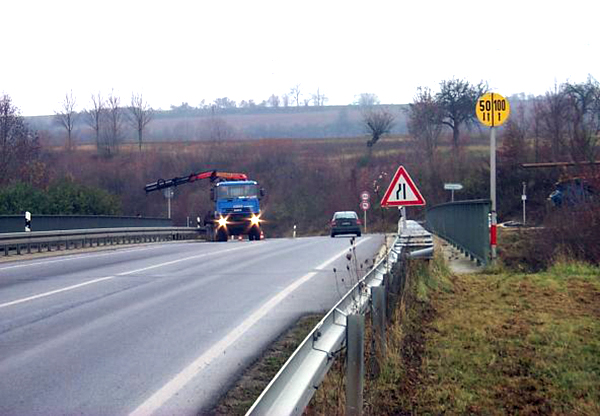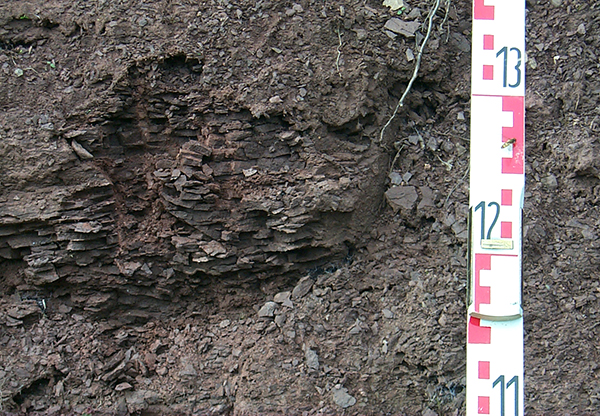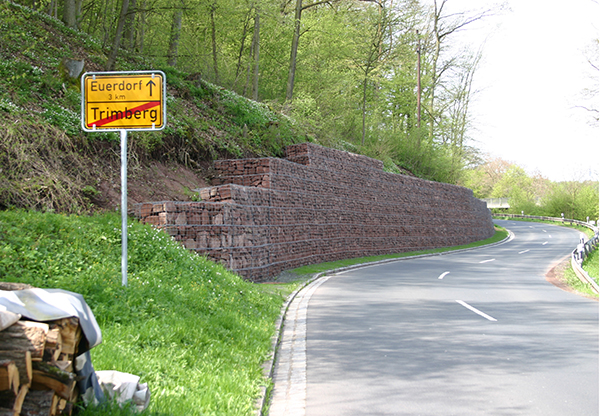 Engineering
Geology
Engineering
Geology
Anyone who wants to use the subsoil safely and efficiently, needs to know it...
We support you in the safe and efficient use of the subsoil. The most important prerequisite for achieving this goal is the extensive knowledge of its nature.
For you we explore the subsoil and develop derived surface models. Only with this knowledge geotechnical projects in building and road construction (such as buildings, roads, bridges or tunnels) can be planned and implemented. The same applies to the assessment and protection of natural geo-systems (such as hillsides or landfills).
Our services in detail:
-
We are generating an economic concept of investigation for your building ground and are choosing the procedure correspondingly with the critical points acc. to DIN 4020
-
Creation of engineering geolocial expertises for building streets
-
Recommendations for rehabilitation and underpinning of buildings and bridges
-
Stability proofs for existing buildings:
-
We are calculating for you the securities against sliding, inclining, shear failure, terrain failure, slope failure. Furthermore we are evaluating the ability for use, subsidences and limit depth, and we are calculating the earth pressure for you
-
-
Geological recording of the drilling or digging outcrops, altitude-adjusted levelling, soil classification acc. to DIN 18300, soil groups acc. to DIN 18196 and classification of the corresponding geological horizons, naming and description of soil and rock acc. to DIN 4022, statements about water quantities, ground water levels, inclination of strata water, accumulation and well horizons, statements about water paths, flow directions, flow velocity and infiltration characteristics. [ see also Hydrogeology ].
-
Procedures to secure the stability of a slope/inclination in case of slope failures
-
Supervision during the building procedure:
-
Don't hesitate to contact us also during and after the building process in case of questions.
-
-
Exploration of resources for building materials






